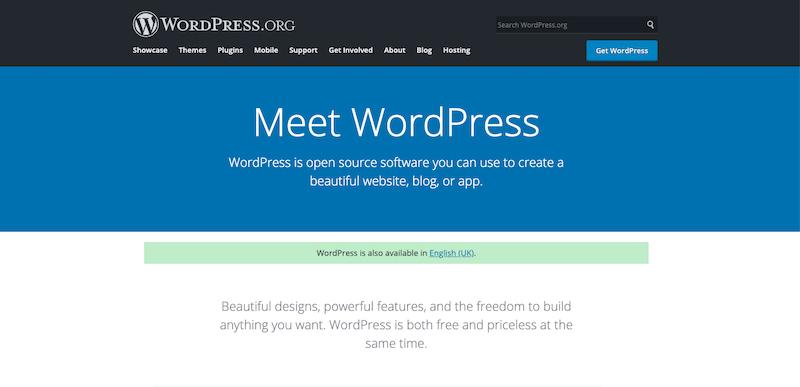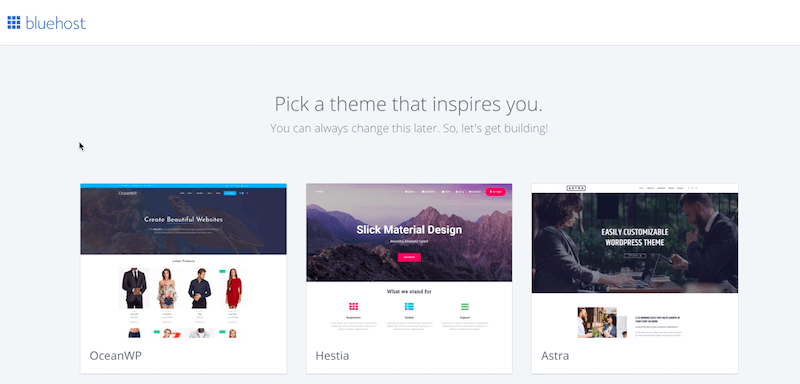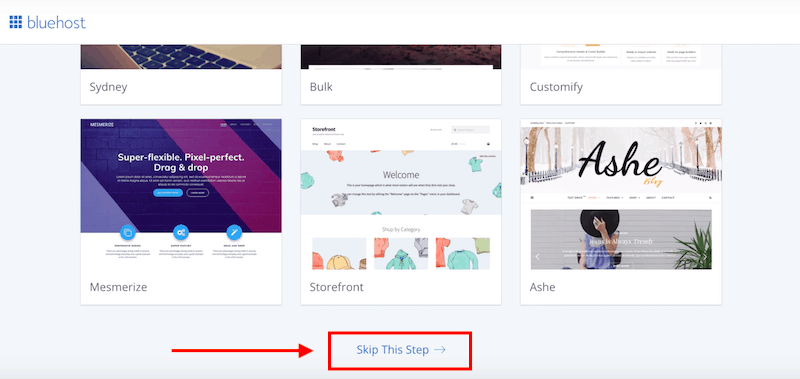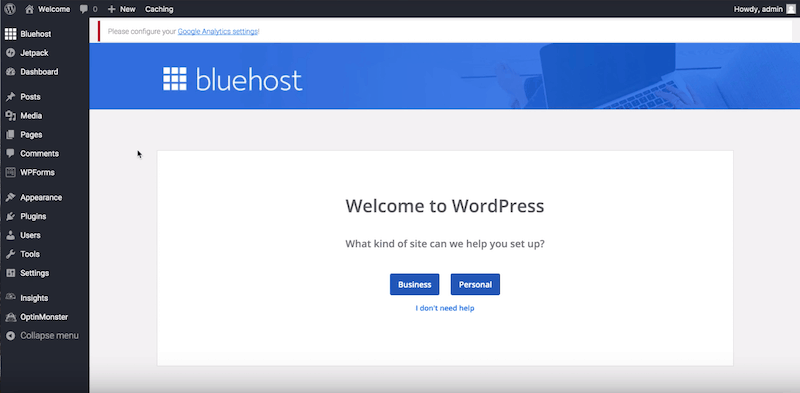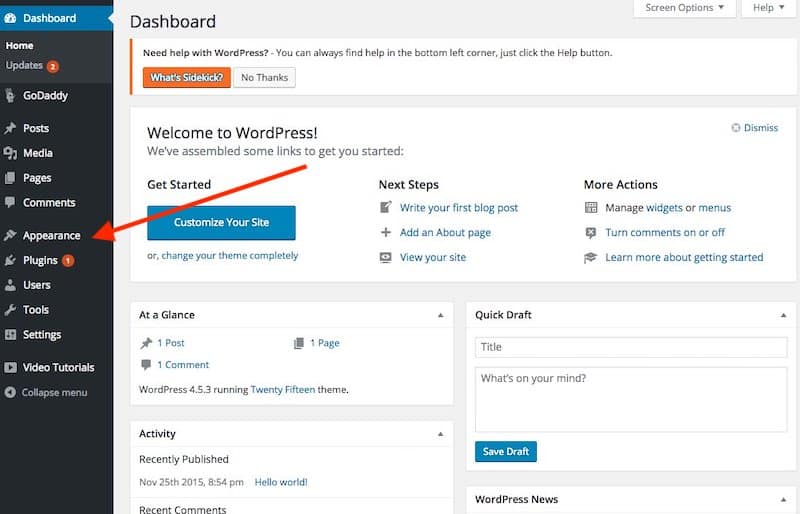Table of Contents
What is a blog post?
Any article, news story, or guidance that is published in a website’s blog area is referred to as a blog post. A blog post often covers a specific topic or inquiry, is instructional in nature, involves various media types such as photographs, videos, infographics, and interactive charts, and varies from 600 to 2,000+ words.
Blog posts allow you and your company to share information, ideas, and anecdotes about any topic on your website. They may assist you in increasing brand recognition, credibility, conversions, and revenue. Most importantly, they can assist you in increasing website traffic.
However, before you can start writing blog entries, you must first learn how to start a blog. Let’s get started.
Choose Your Blog’s Niche
Your blog, as we all know, need a niche.
There are an infinite number of things to blog about, whether it’s marketing, cooking, Crossfit exercises, vegan dogsitting, underwater parkour solo dance, or any other weird personal blog topic.
Here’s the issue:
Most expert bloggers would advise you to start with something you’re passionate about in order to “keep a steady writing schedule and push through failure in order to achieve.”
Start a Blog By Installing WordPress
Self-hosted For beginner bloggers, WordPress is the greatest blogging platform.
What’s the good news?
Starting a blog is a piece of cake with Bluehost’s one-click WordPress installation right from your hosting dashboard.
You’ll need to choose a theme the first time you visit your dashboard.
There are many gorgeous free WordPress themes, including free blog themes, to pick from.
You can skip this step for now if you want to choose your theme later by clicking the “Skip This Step” option at the bottom of the page.
From here, you’re directed to a new blog page where you need to click on the “Start Building” option.
Next, select what type of blog site you plan to create, and WordPress will help you with prompts. You can also just click “I don’t need help” to go right to your dashboard.
Finally, enter your “Site Title” and your “Site Description.”
From here, spend some time making yourself familiar with the WordPress dashboard.
This brings us to our next step – choosing a theme for your blog.
Are you ready to start your blog? Get started for just $2.95/month (63% off your hosting plan) with my link below:
Choose a WordPress Theme
When you’re figuring out how to create a blog, picking the correct theme is an important part of the process.
Your website’s overall look, feel, and style is defined by its theme. The Colour palette, layout, and stylistic components are all part of this. In essence, the theme of your website is a direct reflection of your business and has a significant impact on the user experience.
The process of choosing the proper theme for your blog might get daunting with thousands of options. Thankfully, you can limit your search by using the WordPress feature filter.
he theme filter feature allows you to sort by subject (in this case, you’ll want a blog theme), as well as the layout and other important design aspects.
These include (but certainly aren’t limited to):
- BuddyPress
- Custom Background
- Custom Logo
- Flexible Header
- Front Page Posting
- Post Formats
- Sticky Post
- Translation Ready
Once you’ve found the perfect theme for your blog, it’s time to start customizing it, so it stands out from the crowd as uniquely yours.
Design Tips for Customization
You’ll want to add numerous WordPress plugins to your blog to make it more functional. However, adhering to some basic design rules will help you in the long term.
Reduce Clutter by Increasing White Space
We’ve come a long way from the early days of web design. Remember those crowded websites with flashing buttons? That is not how a blog should be started or designed.
You don’t want to make a website that diverts attention away from your content. Creating what’s known as white space on your blog is the best approach to keep folks focused on exactly what you’re saying.
The empty spaces around your copy and graphics that make your website design clean, simple, and effective are known as white spaces.
Stock photos aren’t worth using because they cause more harm than good.
Stock photographs, in actuality, do more harm than good to your blog. You should definitely incorporate more material in your postings in addition to the content, but borrowing someone else’s photographs prevents your blog from being original.
Including professionally captured photographs is the best way to go if you have the money (or the ability). Of course, this can be costly.
Thankfully, your phone has evolved to the point where it can now record photographs that can be used to supplement your blog postings. When you’re first learning how to build a blog and what to post, this is the simplest option.
The Use of Icons with Consistency
The devil, as they say, is in the details. Though your ordinary blog reader is unlikely to notice if you use social symbols from a range of sources, it will unconsciously influence how professional they perceive your blog to be.
With a few exceptions, you’ll want all of your icons to have the same design and font. You’ll also want to keep all of the fonts on your website in the same category.
Colors that pop
Though you’ll want to employ a lot of empty space, the colors you do use should be very different. Someone can easily use, read, and share a well-designed blog.
You can improve readability and memory by employing contrasting colors.
Don’t Experiment Too Much With Design
When finding out how to create a blog, there are a few basic design principles to follow. You don’t want your website to be so odd and unusual that it fails to meet a user’s basic functional requirements.
Within these basic parameters of web design, there is still plenty of potential for creativity. When you’re first starting out, however, it’s advisable to stay within “the box” rather than thinking outside of it.
- Headers
- Footers
- Search bars
- Sidebars
- Social media shares
- Author attribution
- Subscription options
Create Content
Now is the time to start sharing your content!
There are going to be comparable blogs out there no matter what your blog is (unless it’s a strictly for-family-only affair). They won’t have your voice or insights, but they’ll most likely be dealing with similar issues and audiences.
As a result, you must generate distinctive, powerful content that captures readers’ interest and keeps them returning for more.
Here are a few ideas to help you stand out:
Make interesting headlines to get people to click.
To keep people reading, use attention-getting introductions.
Give them useful advise to keep them coming back.
Use subleaders and bullet points to make it easier to scan.
Bad Headlines Bog Down Blogs
Nobody will read far enough to understand how wonderful the rest of your content is if your blog post titles aren’t compelling. Your headline is your only chance to persuade a reader to read your post and learn more about a subject.
The finest headlines guarantee your readers solutions to the specific problem they’re facing at the time. This is one of the reasons why “How to” articles are so popular.
If you’re not sure what your next headline (and blog article) should be about, there are a few different approaches to figure out what material will appeal to your target market the most:
Examine the portions of your posts where people have left comments (and on other similar blogs). What exactly is the topic of conversation? What are they inquiring about?
Make use of content analysis tools like BuzzSumo. These can show you which postings in your market are the most popular.
Inquire of your subscribers. Those that are most committed to your blog and business are generally prepared to share their content preferences.
After you’ve decided on a topic, you’ll want to concentrate on writing a catchy headline. The use of energetic, dynamic verbs is essential for a captivating headline. Adjectives, on the other hand, tend to drag a headline down, whereas verbs propel it ahead.
You’ll also want to tease your readers without totally gratifying them – save the meat of the content for that. Too often, headlines are constructed in such a way that the casual reader’s attention is piqued without even reading the first phrase.
Do not, however, fool your readers. With false headlines, you might receive a lot of clicks at first, but you’ll harm your reputation and brand, as well as acquire the moniker “click-baiter.”
Make your Content Meaningful
It takes a lot more work to engage with a blog than it does with YouTube video, which is a blackhole for consumers (especially late at night). This means you must make your audience’s time and work worthwhile.
The best approach to achieve this is to deliver on the promise you made in your headline — supply the solutions and guidance you promised.
The idea is to make your solution (or advise) to whatever difficulty your readers are having (for example, not understanding how to create a nice Thai curry) simple and unavoidable.
Format Scanning-Friendly Posts
Even your most devoted followers will begin skimming your blog entries for the most pertinent information to their circumstance.
Subheads and bullet points are the two most effective strategies to assist them in this.
Because you don’t know what your readers already know about your subject, it’s often necessary to provide background information.
Subheads allow readers who are already immersed in the topic to skim over the background material and focus on what’s new and interesting to them.
When switching to a different subtopic inside a blog article, you’ll want to employ subheads — every few paragraphs is usually a suitable pace for most readers.
There are a few subhead pitfalls you’ll want to avoid:
- Overly clever subheads. Subheads are supposed to help readers scan your post and quickly find the information they need. Given this, don’t get so clever that nobody knows what you’re talking about.
- Boring subheads. Think of writing your subheads like writing mini-headlines. You’ll want to use the same principles to help keep readers engaged.
- Spoiler subheads. Even with your subheads, you’ll want to keep an ace up your sleeve. Remember, these are designed to help readers scan your blog and find what section they need to read — but make sure they take the time to read the section.
Search Engine Optimization (SEO)
Now that you have a beautiful blog with great content and it’s hosted on a top-notch provider, all you need is for people to find it.
Organic searches will drive the majority of traffic to your site unless one of your promotional social media posts becomes viral. This is especially true if you don’t intend to spend any money on paid advertising to promote your site.
As a result, it’s critical that you develop an SEO strategy for your blog. SEO means for search engine optimization, and it’s what makes your site appear when your target audience searches for related topics on the internet.
The goal of effective SEO is for your blog entries to appear high in search engine results pages (SERPs). These are the results of typing a query into Google and pressing the enter key.
The Black Box of SEO
Bloggers and advertisers that try to manipulate the system are frowned upon by Google and other search engines (yes, there are more). A search engine’s purpose is to provide the best, most relevant content to a user for any given search.
Marketers would exploit flaws in the system and undercut the search engine’s primary service aim if the corporations stated clearly how they did it.
There are more than 200 search ranking indications, according to anyone who isn’t involved in the development of Google’s algorithm. Some of these signals are becoming more dynamic as Google leans more heavily on artificial intelligence and machine learning.
This may seem like a lot to keep track of when you’re first learning how to build a blog.
There’s no reason to be concerned about it, though. Despite the intricacy of SEO as a whole, there are a few crucial aspects to grasp and implement when establishing your first blog.
Powerful Core Tenants of SEO
Despite the near-daily changes to Google’s search algorithm, as well as regular overhauls, the essential tenants have remained mostly same.
Quality content has always been (and will most likely always be) the foundation. The majority of the changes to Google’s algorithm are the company’s attempt to improve its ability to discover quality content that is relevant to a query.
You should concentrate your SEO efforts in three areas to help Google find your blog:
- Content
- Backlinks
- Website technical structure
SEO-Friendly Content
Using keywords is the most effective technique to make your content SEO-friendly. Keywords are single words or phrases that are likely to appear in searches related to your blog content.
The days of clumsily stuffing a keyword into your text as much as possible are long gone. You’re doing a terrific job if you can naturally work one or more keywords into a 500-word blog post a couple times (even in the headline).
You’ll want to undertake keyword research to make sure you’re targeting the proper keywords in your posts.
There are numerous tools available to assist you in this endeavour (some of them are even free). Ahrefs is one of the greatest paid options.
Long-tail keywords are those that contain many words and hence indicate more specific search inquiries — as well as qualified search traffic.
Use some of Google’s own search capabilities to help flesh out your employ of related (semantic) keywords and suitable subheadings to use when coming up with long-tail keywords. When typing in your keyword, for example, utilize Google Autocomplete to find popular variations on the search.
Then, towards the bottom of the SERP, check for extra information in the “People Also Ask” part and the “Searches linked to” area.
Though using keywords strategically is critical for appearing in relevant searches, you’ll discover that writing quality content often includes keywords that are useful by default.



